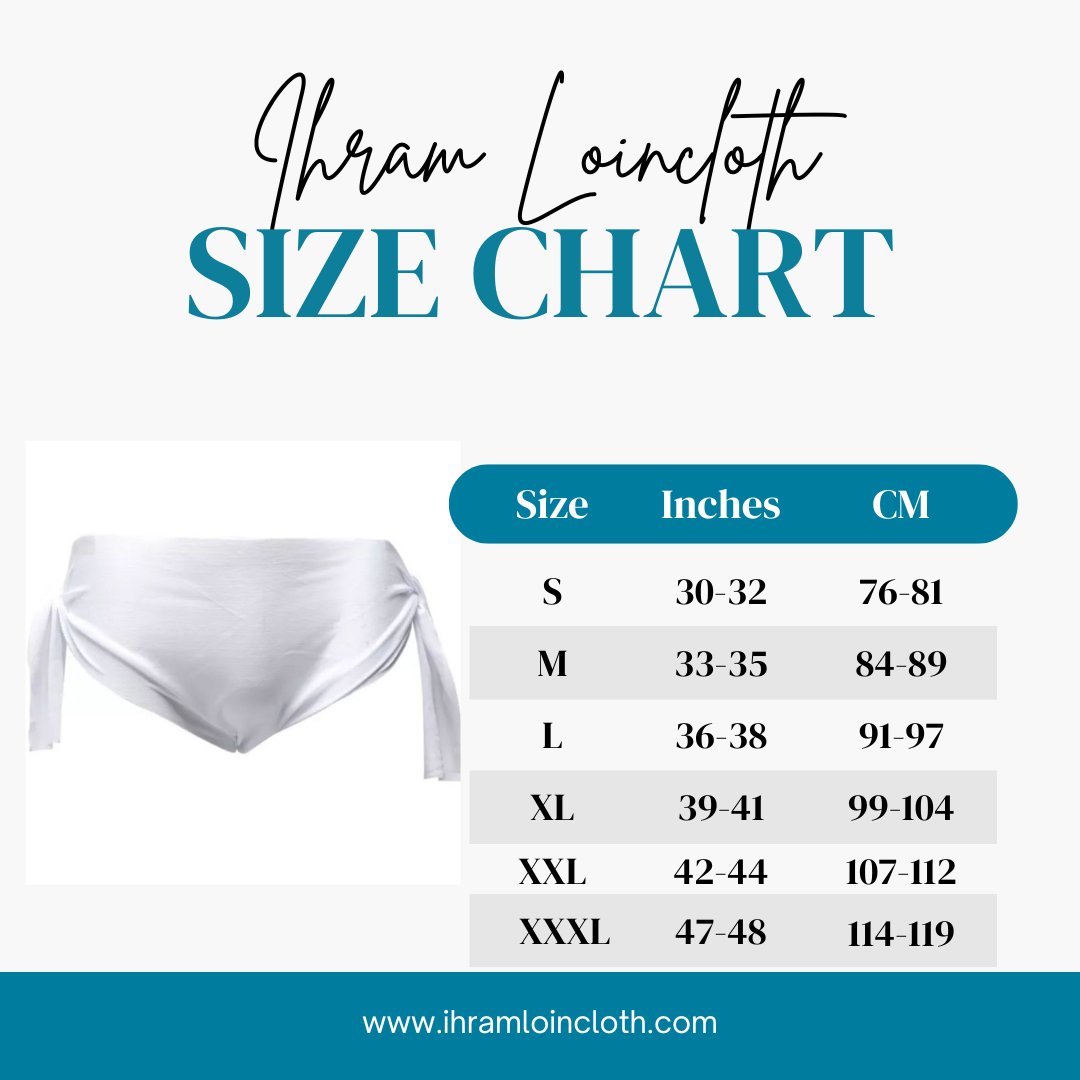
The Complete Guide to Ihram Clothing for Men: Rules, Comfort Tips & Medical Needs Explained
Share
Introduction
Embarking on Hajj or Umrah is one of the most emotional and life-changing journeys a Muslim can make. For men, entering the state of Ihram requires wearing two unstitched pieces of white cloth — a simple yet deeply symbolic act of equality, humility, and surrender to Allah.
But for many pilgrims, especially first-timers, questions arise:
-
How exactly should I wear the Ihram?
-
What is allowed and forbidden?
-
What if I have a medical condition?
-
Is there any form of support or protection allowed under Ihram?
This comprehensive guide answers these questions with clarity and respect for Islamic rulings, while also addressing real-life concerns that many men hesitate to speak about — including urinary incontinence, sensitive skin, and mobility issues.
1. What Is Ihram Clothing and Why Is It Important?
Ihram is a spiritual state that begins once a pilgrim makes the intention for Hajj or Umrah. The clothing reflects:
-
Equality: rich or poor, all stand the same before Allah
-
Purity: simple, clean, unstitched white cloth
-
Humility: removing all symbols of status
Ihram for men traditionally includes:
-
Izār: the lower wrap
-
Ridā’: the upper wrap
No sewing, no fitted garments, no underwear — except in specific medical cases.
2. How to Wear Ihram Correctly (Step-by-Step)
Step 1: Wrap the Izār
-
Place the lower garment around your waist
-
Fold or tuck it securely
-
Ensure it is high enough to walk comfortably
Step 2: Drape the Ridā’
-
Place the cloth over your shoulder
-
Keep the left shoulder covered except during Tawaf
Step 3: Secure with a belt if needed
Belts are permissible as long as they are not stitched to clothing.
3. Common Mistakes Men Make in Ihram
-
Wearing stitched underwear (not allowed unless medically necessary)
-
Using pins excessively
-
Wearing socks or fitted clothing
-
Applying scented products after making Niyyah
-
Not ensuring the Izār stays secure
4. Medical Challenges Pilgrims Face — But Rarely Discuss
Many men suffer from:
-
urinary incontinence
-
bladder control problems
-
sensitive skin
-
mobility limitations
-
skin irritation between thighs
-
long-duration travel discomfort
Yet most feel embarrassed to seek guidance or help.
Scholars acknowledge this reality and provide clear allowances for genuine medical need.
5. Is It Permissible to Wear Support Garments for Medical Reasons?
Yes — under specific conditions.
Islamic scholars state that if a pilgrim has a medical condition, he may wear unstitched protective garments, and in some cases, may wear stitched garments with fidyah.
This includes:
-
incontinence
-
post-surgery sensitivity
-
chronic bladder conditions
-
infections or irritation
The key is necessity — Islam never burdens a person beyond their capability.
6. Unstitched Ihram Loincloth: A Practical Solution for Medical Needs
Men with incontinence often struggle silently during Umrah or Hajj.
The Ihram Loincloth offers:
-
breathable comfort for long walking
-
unstitched design
-
gentle support
-
suitability for sensitive skin
-
discreet protection
It ensures dignity, purity and peace of mind — allowing the pilgrim to focus on worship, not fear.
Conclusion
Ihram is meant to be a state of surrender, peace and closeness to Allah — not anxiety, embarrassment or discomfort.
By preparing properly, understanding the rules, and choosing the right garments, every pilgrim can experience a calm and dignified journey.





